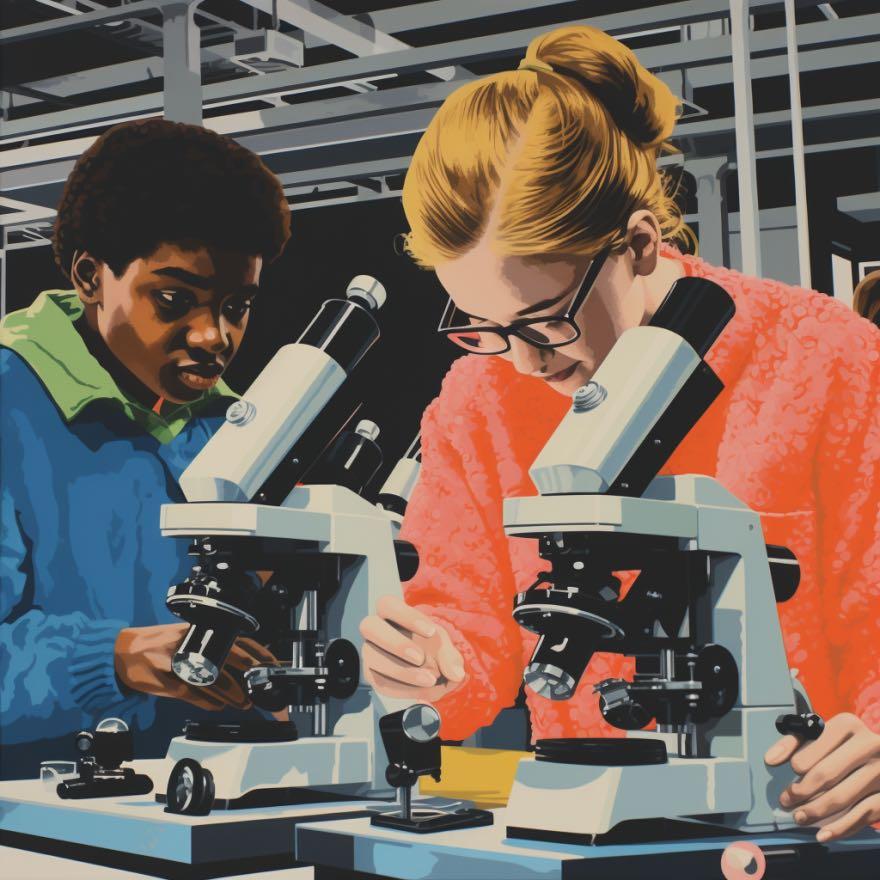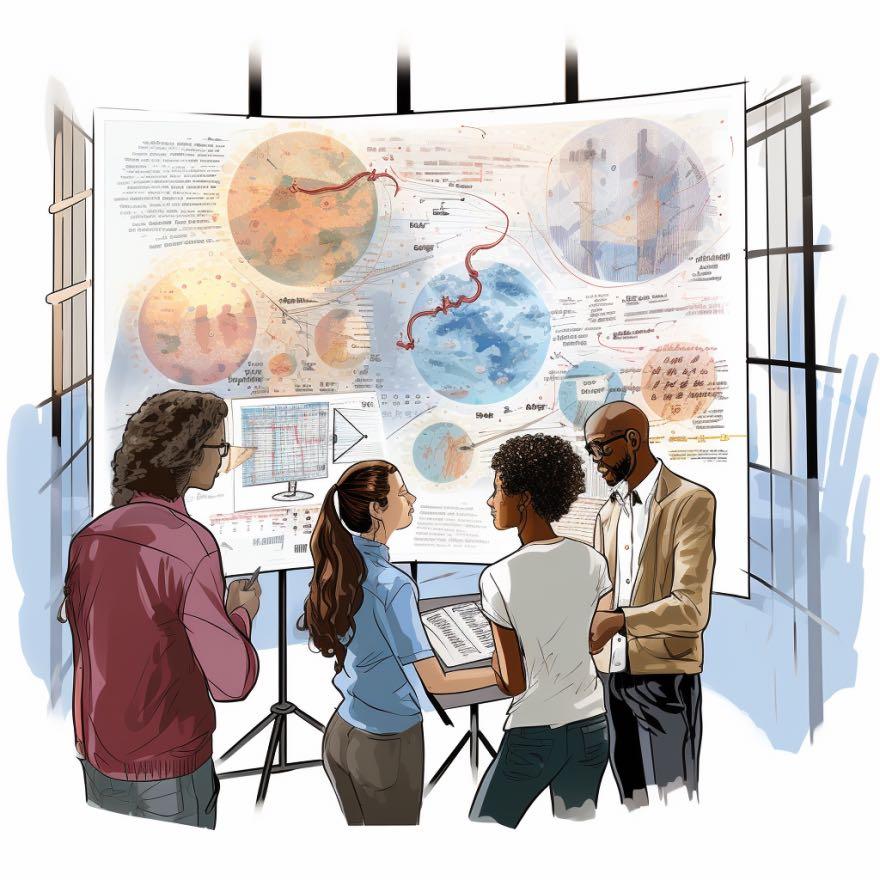
4 minute read
A CURE to improve diversity, equity, and inclusion in STEM
A CURE to improve diversity, equity, and inclusion in STEM
By Zach Pratt, Janesville Parker High School
I loved the pure joy of making new discoveries when I was working independently in a laboratory as an undergraduate and in graduate school. There were also many instances when experiments failed or the results didn’t support my hypothesis, but each of those moments provided experiences for learning, growing, and developing perseverance. Too often, students in laboratory courses are insulated from the highs and lows of discovery. Typical lab activities ask students to complete experiments that provide evidence of scientific “truths”; sometimes they repeat the experiment with a manipulated variable in order to explore cause-andeffect relationships. However, these experiments are not authentic because they have tried-and-true procedures yielding presumed results. Authentic experiments position students clearly as scientists by providing opportunities for success, failure, repetition, extension, and choice.
In the book, Talking About Leaving Revisited, Elaine Seymour and colleagues identified that underrepresented minorities (URMs) left STEM majors at a higher frequency than the general population because of teaching methods and inadequate preparation in high school. However, for students that passed their introductory courses, URMs completed majors in STEM more often than the general population. What this suggests is that introductory courses are bottlenecks that discourage URMs from pursuing degrees in STEM; those who endure these courses are more likely to persist through their degree.
What can we do to prepare all our students better—regardless of race, ethnicity, gender, and socioeconomic status—to pursue and persist in science?
We could encourage students to find undergraduate programs that will support their persistence. Colleges and universities that offer course-based undergraduate research experiences (CUREs) engage students in research within introductory science courses. Hallmarks of CUREs include projects that are accessible to a variety of skill levels and cost-effective, and projects that allow for student ownership, authentic discovery, and opportunities to connect the research to cultural and life experiences. Tiny Earth and SEA-PHAGES are two CUREs that intend to increase diversity, equity, and inclusion within STEM, while researching the antibiotic resistance crisis. Both programs have records of increasing persistence, developing student self-confidence, and building science identity. Numerous colleges and universities in Wisconsin offer Tiny Earth in their introductory courses.

A second solution is to incorporate the principles of CUREs into K-12 education. With the shift in curricula to align with the Next Generation Science Standards, laboratory activities should be driven by students’ interests and designs.
Option three is to develop after-school or summer research opportunities modeled on CUREs. For example, Green Bay West High School has collaborated with UW-Green Bay to offer Tiny Earth to a cohort of students yearly; participating high schoolers present their research at a symposium alongside college students. Similarly, students in the Janesville Research Institute (JRI) perform research during the summer and after school to isolate and identify bacteriophages that render bacteria sensitive to antibiotics. These experiences offer students mentoring, opportunities to explore scientific research as a career, safe environments that promote their growth from successes and failures, freedom to construct their
research path while experiencing the scientific process, and opportunities to present their work. Furthermore, both experiences allow students to contribute to important research that can directly impact human health, a particular motivator for URMs in science. There are many important scientific questions that our students can participate in answering. The challenge is finding questions that we as teachers have the capacity to help them answer, or putting our students into contact with people who can, such as university mentors.
I return to the question posed earlier: what can we do to better prepare ALL of our students to pursue and persist in science? My answer was to start the Janesville Research Institute. If you find that your answer is the same, then my advice is to start small, define the size of the sandbox in which you will allow your students to play, and find supportive collaborators who can help you in the process.
Post-script: If you have any questions about the JRI or starting your own CURE, please contact Zach at zachary.pratt@janesville.k12.wi.us
Links:
Tiny Earth: https://tinyearth.wisc.edu/
SEA-PHAGES: https://seaphages.org/
UW-Green Bay’s collaboration with Green Bay West High School: https://www.uwgb.edu/tiny-earth/ Janesville Research Institute: https://sites.google.com/janesville.k12. wi.us/jri/homeScience Fair
Opportunities: https://dpi.wi.gov/science/science-fairs/opportunities










